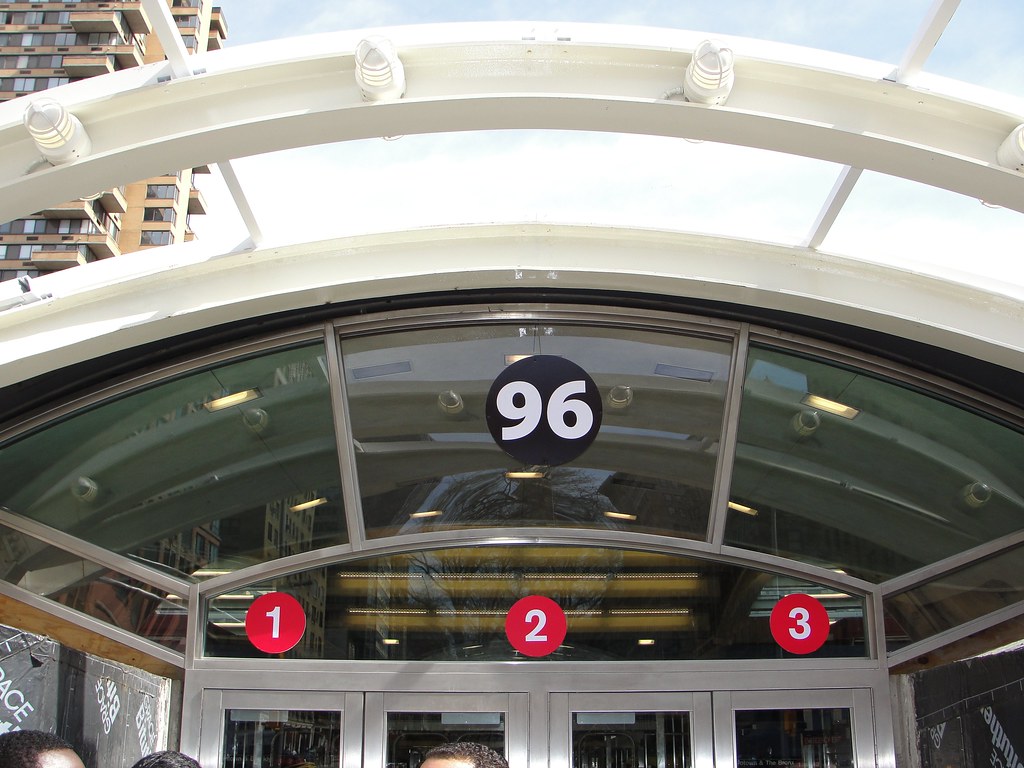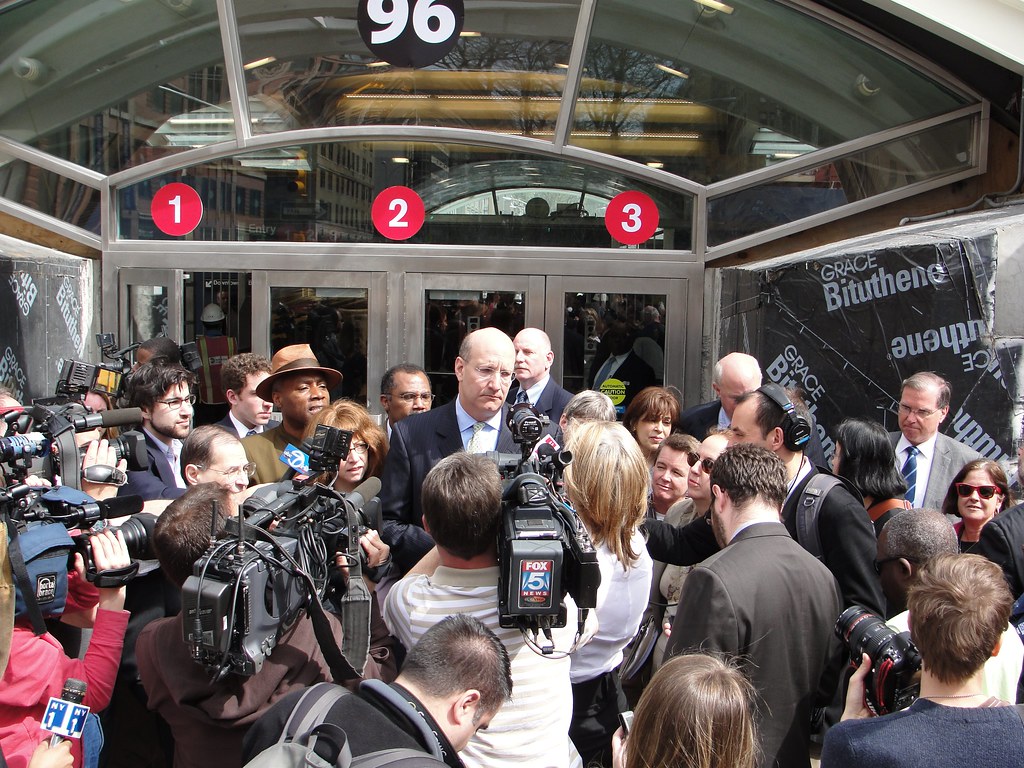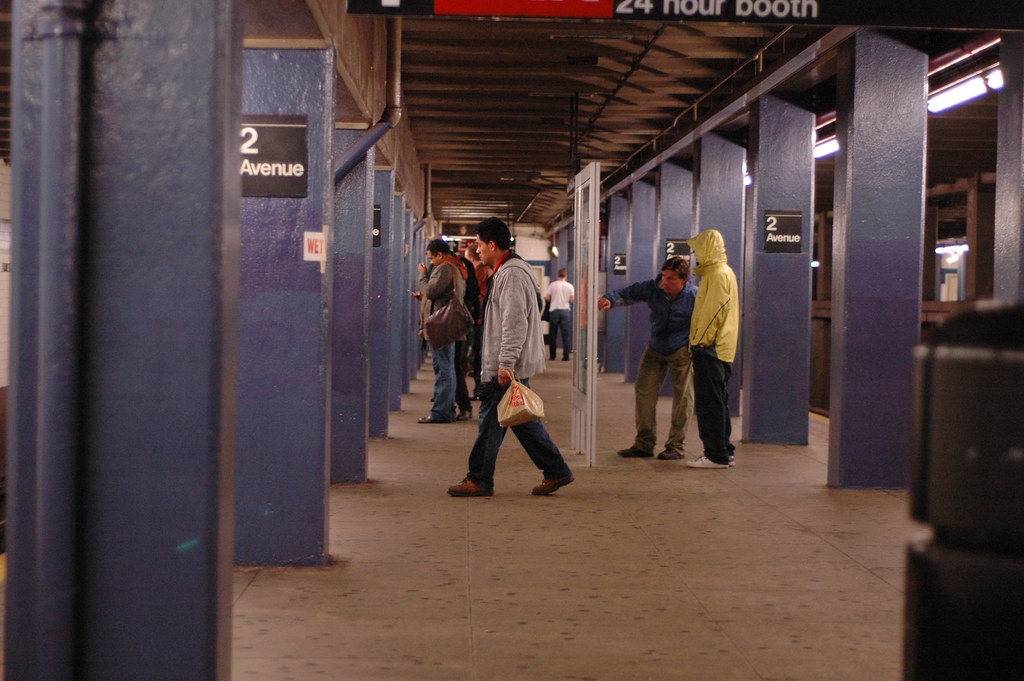The Broadway station on the G, the IND Crosstown line that runs from Brooklyn to Queens, and the J/M/Z’s Lorimer St. station on the BMT Jamaica line are separated by a half block and two turnstiles. Residents have long wished for a transfer between the G and the J/M/Z lines, and as the population in the area has swelled, Transit has faced numerous requests to provide, at the last, a free out-of-system transfer as they do at 59th St./63rd St. in Manhattan between the 4/5/6/N/R/W and F trains.
According to a recent report at BushwickBK.com, Transit has rejected a recent request to grant this transfer. The authority says there’s no need for a transfer, and with money tight, the agency isn’t about to give up a few extra swipes. “NYC Transit does not intend to implement any external walking transfers,” Transit spokesperson Deirdre Parker said. “It is possible for our customers to travel conveniently on almost every conceivable path within Brooklyn.” Even, as Parker notes, with over 50 percent of subway riders using unlimited cards, a free transfer would be convenient as there are no points in the system where the G and J/M/Z share a station.

























